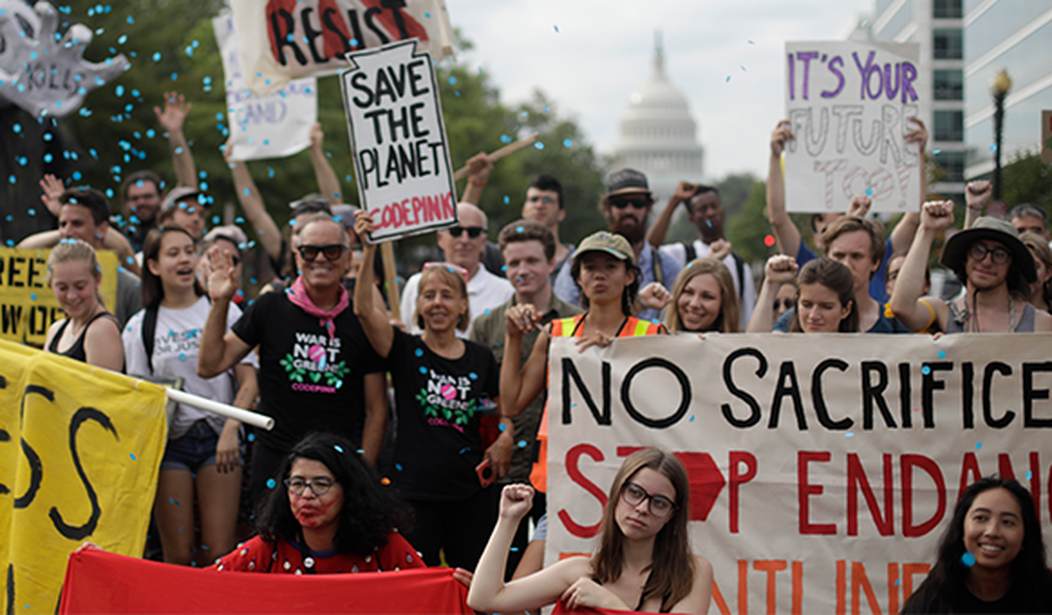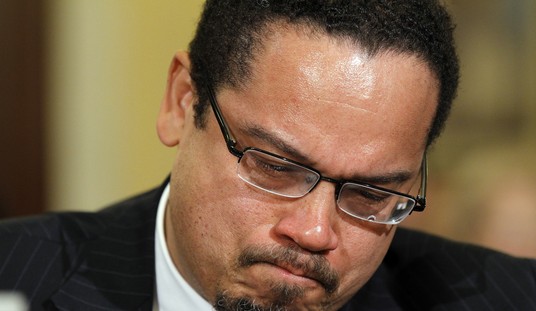The Biden Administration continues waging war on fossil fuels, aided by environmentalists, politicians, and corporations chasing subsidies, competitive advantages, power and profits. They want to “fundamentally transform” America’s energy and economic systems, prevent “climate cataclysms,” and ensure “environmental justice” for some (by inflicting injustices on others).
Their weapons include withdrawing huge areas from economic activities; banning leasing, drilling and pipelines; and imposing regulatory standards so costly or technologically impossible that coal-fired power plants, internal-combustion vehicles, and gas stoves, furnaces and water heaters must be abandoned.
This open warfare is augmented and amplified by more clandestine “lawfare.”
Environmentalists have long employed lawsuits to impose by court decree what they cannot achieve via ballot boxes or legislation. The litigation often redefines sloppily or deliberately vague statutory language, to impose more onerous standards that can block or bankrupt oil, gas and mining projects – and then ignored for land- and resource-intensive wind and solar projects.
An especially pernicious strategy is “sue-and-settle” lawsuits, wherein environmentalists collude with friendly federal agencies to create a “disagreement” over a policy or regulation, and sue in friendly courts. The parties then agree to a settlement that’s been negotiated behind closed doors, leaving the public and impacted third parties with no opportunity to address the case’s legal or evidentiary merits.
Now ultra-progressive states and cities are charging onto this battlefield with more destructive lawsuits.
Delaware and Rhode Island have joined Baltimore, Honolulu, New York City, San Francisco, and other jurisdictions in filing climate change lawsuits against oil and gas producers, refiners and sellers in state courts – where they believe they will face more sympathetic judges and juries than in federal courtrooms.
Recommended
The arguments for transferring the cases to federal jurisdiction are compelling – and were presented persuasively by John Yoo, C. Boyden Gray and other experts who reviewed the differing Courts of Appeals decisions, and the policy and legal questions surrounding them:
Fossil fuel “greenhouse gas” emissions alleged to cause climate change cross state lines and must therefore be governed by federal agencies. Sea level rise, flooding and other damages allegedly caused by those emissions must likewise be attributed to multiple sources in multiple states, and thus must also be the purview of federal laws and agencies.
No state, much less any city, should be permitted to set or manipulate national energy, climate or environmental policies and hold other jurisdictions to their agendas. Different legal opinions among various federal courts require Supreme Court intervention.
BP America, Chevron, ExxonMobil, Suncor Energy and other oil company defendants made these and additional arguments in asking the US Supreme Court to reaffirm that cases addressing climate change claims are inherently governed by federal law and should be transferred from state to federal courts.
However, the Supremes inexplicably opted not to review the cases at this time. That means these and other cities and states will continue suing energy companies – perhaps securing verdicts and multi-billion-dollar damage awards.
The litigation will create a legal, constitutional, scientific and public policy nightmare for the nation, businesses, consumers, courts and states, especially after verdicts have been rendered and bills tendered to scapegoat companies for payment. An already confusing and impenetrable judicial and permitting jungle will become even more perilous.
However, these complex pollution issues are made vastly more complicated by the basic question of whether carbon dioxide (which humans and animals exhale and plants require to grow, “green” our planet and help ensure record crop yields) should ever be labeled a “dangerous pollutant.” Even more so by the impossibility of separating “greenhouse gas” emissions from a few US petroleum companies from:
- all other American oil and gas, coal, agricultural, industrial, transportation and other emissions;
- human activities worldwide, including thousands of coal-fired power plants in China, India and dozens of other countries that have no obligation or intention of reducing their fossil fuel use anytime soon, thus increasing carbon dioxide levels (deliberately and misleadingly called “carbon pollution”) in Earth’s global atmosphere for decades to come;
- greenhouse gas emissions (and toxic air pollution) from mining, minerals processing and manufacturing to make the wind turbines, solar panels, electric vehicles, grid-scale backup batteries, transformers and transmission lines required for a “clean, green, renewable, sustainable” energy future; and
- climate changes caused by natural forces throughout Earth past history, now and in the future.
As litigant cities and states pursue billions in penalties and damages from these companies – supposedly to cover the costs of building levees and stormwater impoundments, raising roads and bridges, and otherwise protecting communities from “increasing sea level rise” and “more frequent and intense storms” – they will also have to address other inconvenient truths.
For example, seas have risen naturally 400 feet since the last ice age ended 12,000 years ago. They are now rising at an easily manageable 7-12 inches per century – and much of the perceived sea level rise is actually due to land subsidence in coastal cities worldwide, not rising seas.
The litigants and courts will also encounter the bitter reality that the “fundamental transformation” they so earnestly seek means covering the planet with wind turbines, solar panels, transmission lines ... and the quarries and mines to build them. America already lacks sufficient EV charging stations and step-up and step-down transformers for new homes and a functional grid. Millions more will be needed in short order to reach Net Zero – which means thousands of new mines, quarries, processing plants and factories.
Toyota Motor Corp. calculates that “more than 300 new lithium, cobalt, nickel and graphite mines are needed to meet the expected battery demand by 2035.” That’s essentially just for new EVs, and getting them approved and developed would likely take decades. A US energy transformation – to say nothing of a global transformation – would require thousands of mines, and thousands of processing facilities.
The process of converting cobalt, lithium, aluminum, iron, rare earths, manganese, nickel and other ores into high-end metals is fossil-fuel-intensive, greenhouse-gas-emitting and dirty. “Reaching the nickel means cutting down swaths of rainforest,” the Wall Street Journal notes. “Refining it ... involves extreme heat and high pressure, producing waste slurry that’s hard to dispose of.” Using little children to mine cobalt and processing rare earth elements involve legendary ecological and human rights abuses.
Worse, all this is only the beginning of the planetary desecration. We’re talking millions of wind turbines, billions of solar panels, hundreds of thousands of miles of new transmission lines, billions of half-ton battery modules – and all that goes into making them. We’ll have to replace fertilizers for crops and feed stocks for thousands of products, by planting millions more acres in food and fuel crops, destroying more wildlife habitats. Turbine blades will chop millions of birds and bats from the sky every year.
Then we’ll have to bury the broken, worn-out and obsolete panels, turbine blades and other equipment. The world has already installed some 100,000 wind turbines and 2.5 billion solar panels. In whose backyards will the landfills go for all this trash – and the massive lakes for the waste slurries?
The Supreme Court – and courts, regulators and legislators everywhere – have a lot of work to do.
Paul Driessen is senior policy advisor for the Committee For A Constructive Tomorrow (www.CFACT.org) and author of books and articles on energy, climate change, environmental policy and human rights.

























Join the conversation as a VIP Member